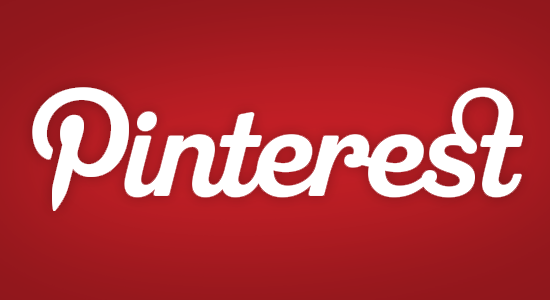B2B gets Pinteresting
The new contender
Pinterest has rapidly shot up the rankings to become a major contender in the social media marketing world, ranked third behind only Facebook and Twitter in terms of popularity. B2C marketers have been the quickest to move into this previously uncharted territory by taking advantage of the channel’s emphasis on visual communication.
As a result many B2B marketers have been left behind in the Pinterest marketing rush, unable to determine how to market their services effectively on it…
We aim to look at who has been pioneering the use of Pinterest as part of their content marketing strategy and what B2B marketers can learn from them.
How does it work?
Pinterest is an “online pinboard” where users can “pin” photos and videos of things they are interested in and categorise them on different “boards”. To add to this Pinterest functions as a social media channel, allowing users to follow other users that interest them.
What makes how people use Pinterest different to its rivals and attractive to marketers is the scale on which people share content, with 80% of all pins being “repins”.
Pinterest 101: Visual content
All social media channels have their own unique characteristics and features which make them better suited to fulfilling different marketing tasks. For example it is well known that Twitter’s 140 character limit when tweeting makes it excellent for announcements and regular updates but less effective at producing sales.
Pinterest’s USP is definitely its emphasis on visual content, as the little text present on Pinterest boards merely supports the messages posited by collections of images and videos. This reliance on visual communication forces businesses to be more creative in order to come up with enough attractive content to serve their various marketing aims.
Infographics are commonly used on Pinterest as they are an attractive and engaging way of conveying information in support of businesses’ objectives. Dell do this well on their “Infographics” board by pinning a variety of infographics that enhance their cloud computing solutions.
Many B2B companies will also recycle old content that is partially visual, such as the cover page of a white paper, in order to expand their repertoire. Something Marketo Inc do well on their Pinterest page is showing viewers their lively corporate culture by pinning photos of smiling employees at different events such as office fancy dress days.
Before creating their Pinterest accounts, B2B marketers should have a clear understanding of what messages they are trying to portray about their businesses, as well as what visual content best reflects this.
Engaging your target audience
Understanding and knowing how to engage their target audiences is essential if businesses are to reap rewards from using Pinterest. The difference in content that B2B and B2C marketers pin onto their boards illustrates this need to really get in the heads of your potential customers.
A good example of this in action is the content sports retailers such as Puma and Adidas pin onto their boards. Like many B2C businesses, these sports retailers effectively engage with their target audiences by pinning images of their products onto boards arranged by product type. Pinning these products up allows users to identify and engage with the brand by repining them onto their own boards with titles such as “My Style”.
Whilst this type of content is appropriate to attracting consumers it is less likely to engage potential clients in the B2B space. That said, if you’ve got some good looking products that appeal to minority customers then pinning this could be useful. It’s all about understanding your target audience and pinning content that is most likely to be appealing.
Charm
A good way to make your target audience more susceptible to your messaging is to try and engage them through charming content. Content that charms viewers helps to disarm them and make them much more likely to read on. Charm comes in many forms…
A humorous example of this in action is BlueWolf’s “Other wolves we like” board. Making potential customers chuckle at their desks can be a great hook to rein them in towards more serious matters (thank you to David Kirkpatrick for bringing this to our attention on the Marketing Sherpa blog).
Yammer’s Pinterest page attempts to charm its viewers by pinning content that reflects a friendly and slightly geeky persona. This is evident in their “On our desk” board, where they pin images of curiously shaped office supplies such as USB sticks and old floppy disks.
Content Curation
An increasingly common form of marketing on Pinterest has been content curation. This is where businesses will collect the most insightful content relating to their specific products or services and pin them in their boards. The logic behind this is that this content will illustrate your business’s understanding of the market and appreciation for thought leadership.
In order to make your content curation useful to viewers you need to make sure it adds value, so provide individual commentary where you can and do not just copy and paste (and always quote your sources!).
IBM does this effectively with their “Building a smarter planet” board, where they relate interesting content from various sources to their target audience’s needs.
So now you’ve seen the marketing opportunities on Pinterest, will your business be using it in the future?
If you’re already using it we’re always keen to hear about what’s working well too!




